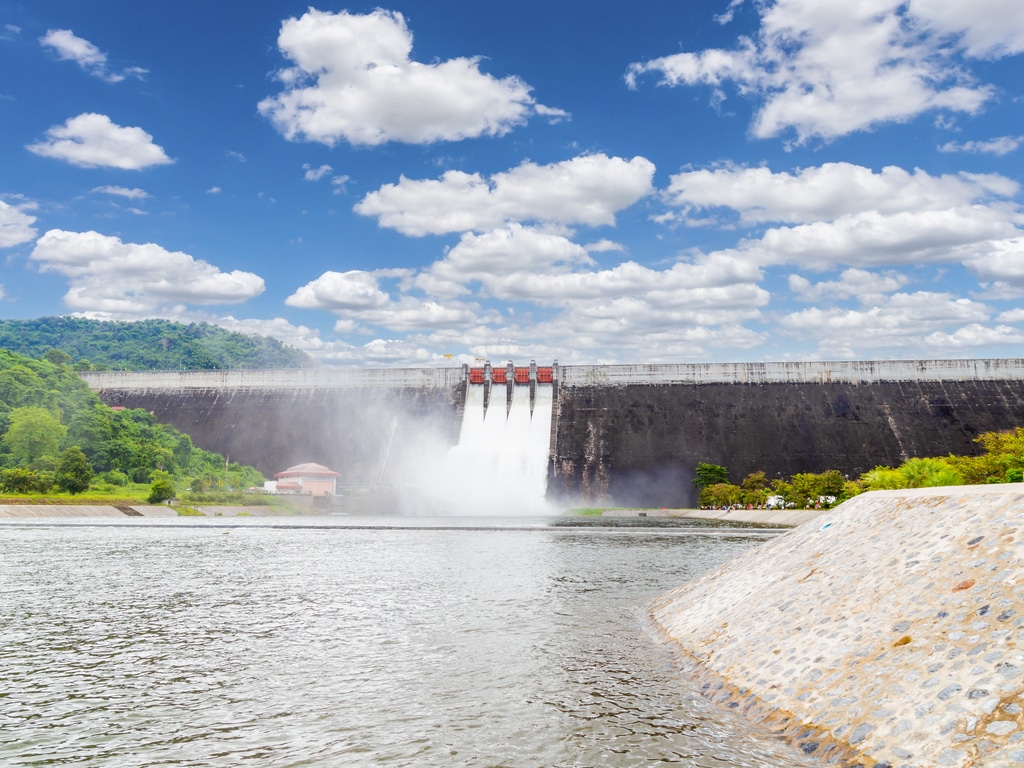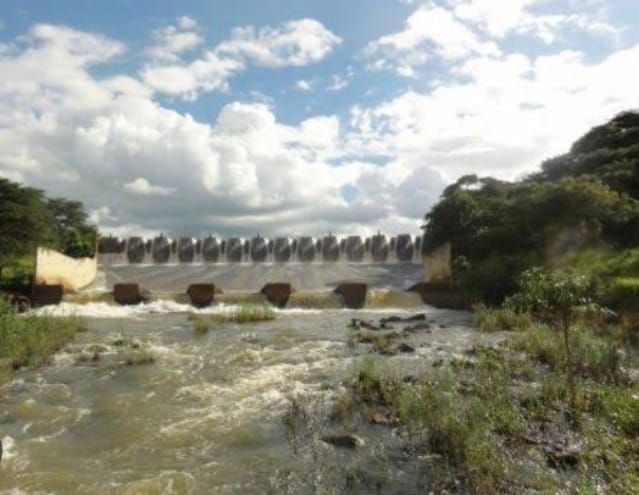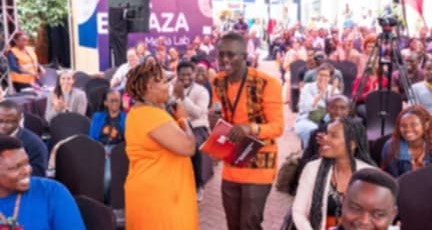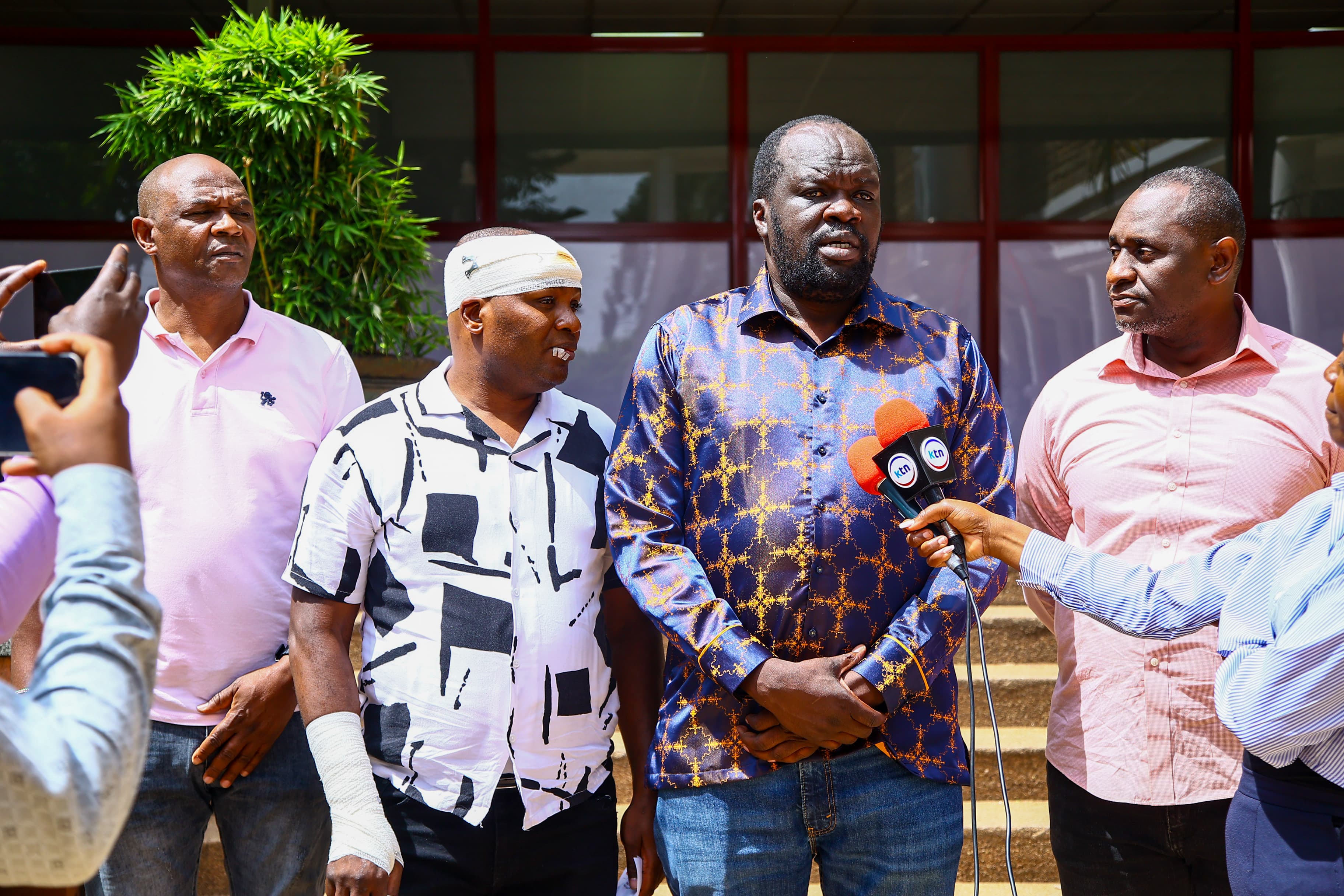Kenya, Uganda Express Interest In Full Implementation Of The Angololo Project

By Njoki Karanja.
Kenya and Uganda have expressed great interest in full implementation of the Angololo Water Resources project for the benefit of the people of the two countries.
The Ministers responsible for water affairs of Kenya and Uganda Hon. Alice Muthoni Wahome and Hon. Sam Cheptoris expressed this while addressing the Development Partners Roundtable meeting on the project, held in Nairobi, Kenya and co-chaired by the two Ministers.
The Principal Secretary of Water for Kenya Dr. Paul Kipronoh Ronoh and his Ugandan Counterpart Mr. Alfred Okot Okidi were both present.
This project falls in the Sio-Malaba-Malakisi sub basin that is in the Lake Victoria Basin which falls in the larger Nile River Basin. It is located on the transboundary river Malaba that is shared between Kenya and Uganda.
Once fully implemented, the Angololo Water Resources Project will build a 31.3 million cubic metres dam that will supply water to over 270,000 people, irrigate 4,000Ha shared between the two countrie. The project will generate 1.3MW electricity, which will be boosted by a floating solar system.
The project has a catchment of 430 kilometres squared. In Kenya the project will principally be in Busia County and small parts of Bugoma County while in Uganda it will benefit people from Tororo, Manafwa and Namisindwa District.

ECONOMIC ANALYSIS.
According to the just concluded Full Feasibility Study, conducted by NERLSAP-CU, in economic terms, the Angololo Water Resources Development project is viable, giving an Economic Internal Rate of Return (EIRR) of over 14% at all the discount rates of 5, 10, 11, and 11.5%.
The EIRR value obtained is higher than the prevailing Economic Opportunity Cost of Capital (EOCK) for both Uganda (11%) and Kenya (11.5%).
At the prevailing EOCK rates, the economic analysis results show a positive Net Present Value (NPV) of (USD 24.89 Million for Uganda; and USD 19.52 Million for Kenya); and both the Benefit Cost Ratio (BCR) and Net benefit to investment ratio (N/K) ratio are greater than 1, which demonstrates that the project is economically viable.
Maximum Water DemandOut of a total of 209.4 million cubic metres of available on River Malaba per year, the Angololo project components will use water as follows: Irrigation component will use 39.2 million cubic metres per year (MCM/YR). Water supply will use 1.7 MCM/YR, livestock 0.2MCM/YR.
For continuous normal flow of water in the river 95MCM/YR will be left for what is termed as Minimum E-Flow. The annual available water projection factors in both climate change and population growth until the year 2050.
Background to the Angololo ProjectThe project was identified by the Nile Equatorial Lakes Subsidiary Action Program – NELSAP-CU and the two Countries in 2010.
NELSAP conducted pre-feasibility with support from the Royal Government of Sweden and the Royal Government of Norway.
Following this identification study, the Governments of Kenya and Uganda formally requested NELSAP-CU to integrate it into its pipeline of natural resources projects for further appraising and development.
The project was approved during the 18th Nile Equatorial Lakes Council of Ministers (NELCOM) which is a meeting of Ministers of Water of the 10 Nile Basin Countries.
The meeting was held in Entebbe, Uganda on 13th October 2015. In 2020, full feasibility study, conceptual and detailed designs, preparing of tender documents, conducting social and environmental impact assessment (ESIA) development of a Resettlement and Compensation Action Plan (RCAP) begun through a USD 1.5 Million funding from the African Development Bank (AfDB)/NEPAD- IPPF.
In addition, Kenya and Uganda contributed USD 0.15 million while NELSAP-CU allocated USD 0.18 million in-kind contribution.
The studies ran for 18 months and ended in November 2022. About the Nile Basin Initiative NBI and NELSAP-CUThe Nile Equatorial Lakes Subsidiary Action Program (NELSAP-CU) is one of the two investment arms of the Nile Basin Initiative, NBI.
The coordination unit of NELSAP-CU is based in Kigali, Rwanda. The other investment arm of NBI is the Eastern Nile Technical Regional Office (ENTRO) that is based in Addis Ababa, Ethiopia.
The Nile Basin Initiative (NBI) is the first and only all-inclusive platform for the Nile Basin States to discuss with trust and confidence, how to collectively take care of and jointly sustainably invest in the shared Nile Basin water resources to maximize win-win benefits for the current and future generations of the basin.
In conclusion, The Countries under the Nile Basin Initiative (NBI) are Burundi, D.R Congo, Egypt, Ethiopia, South Sudan, the Sudan, Kenya, and Tanzania. Kenya is currently the chair of the Nile Equatorial Lakes Council of Ministers (NELCOM).





